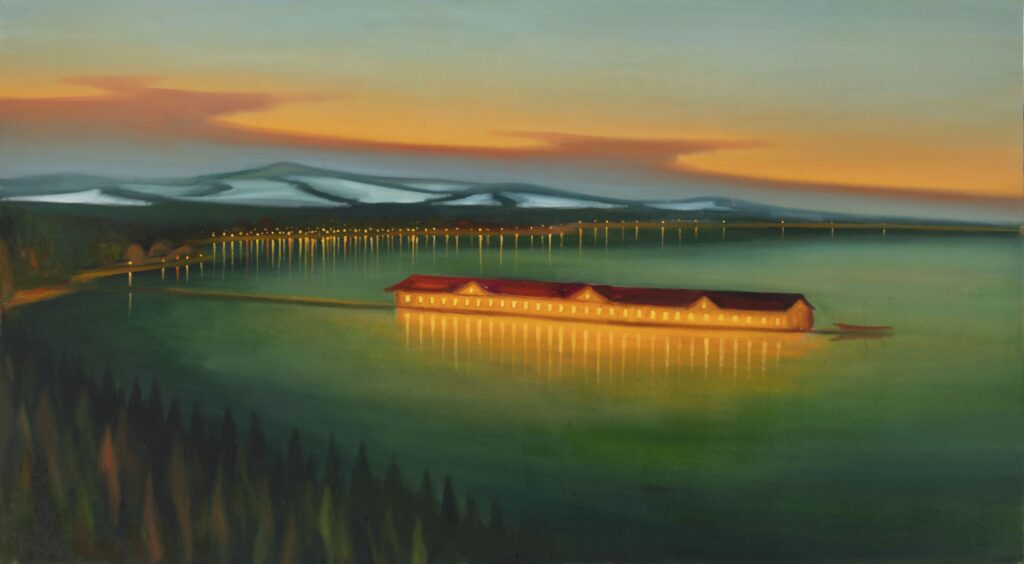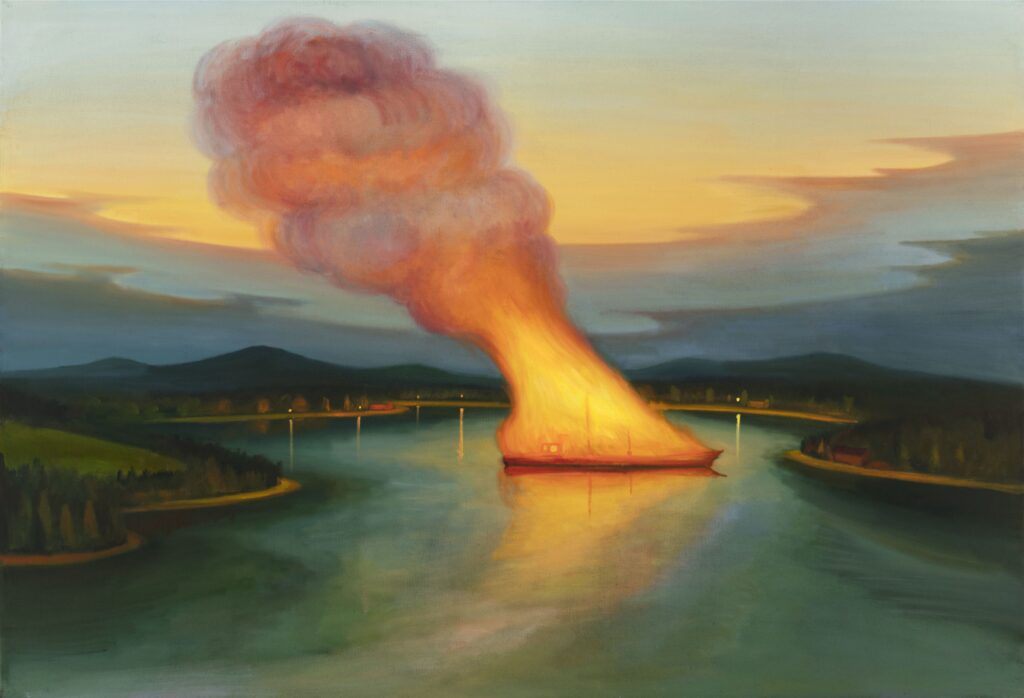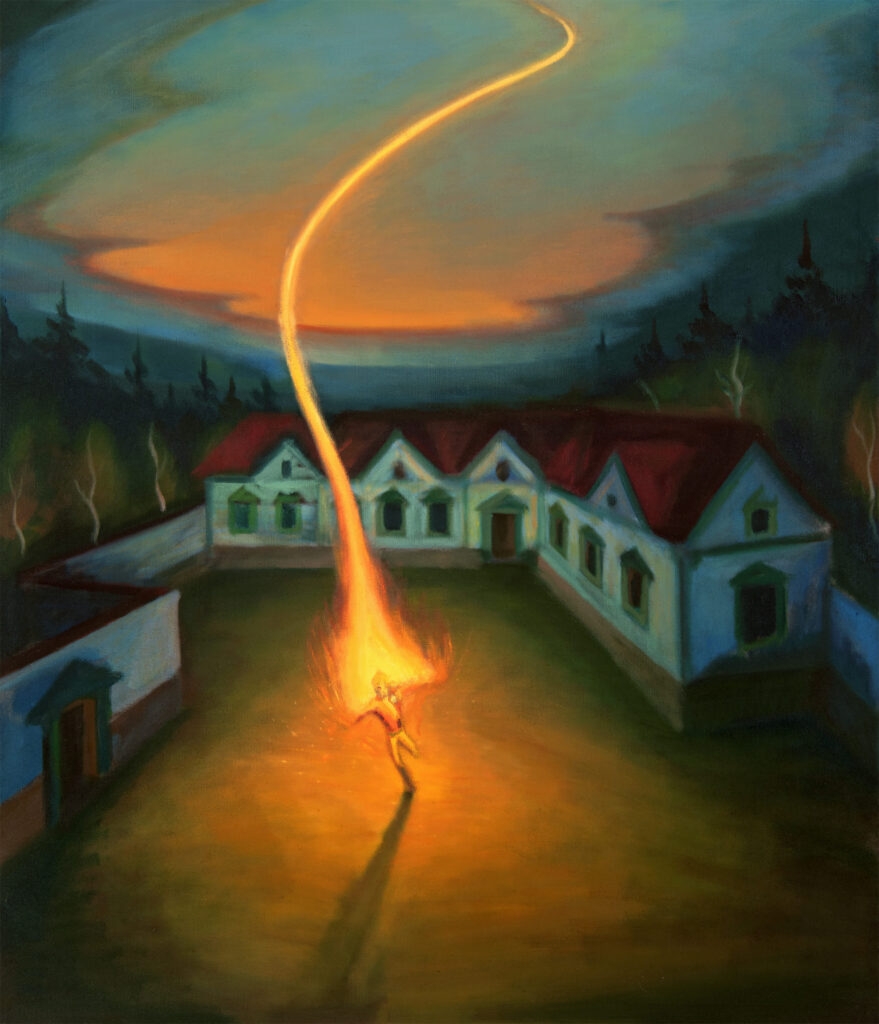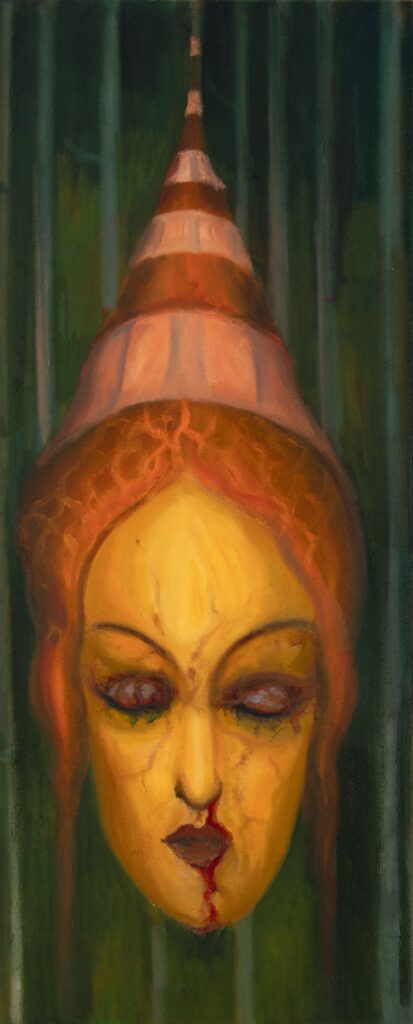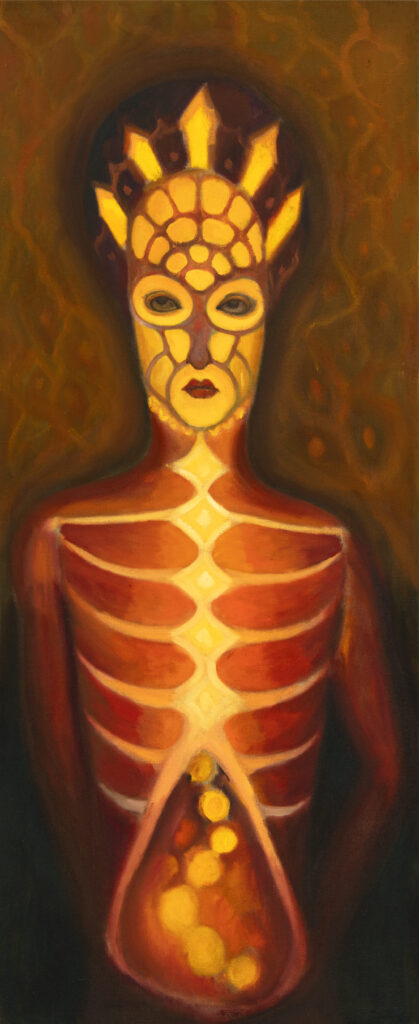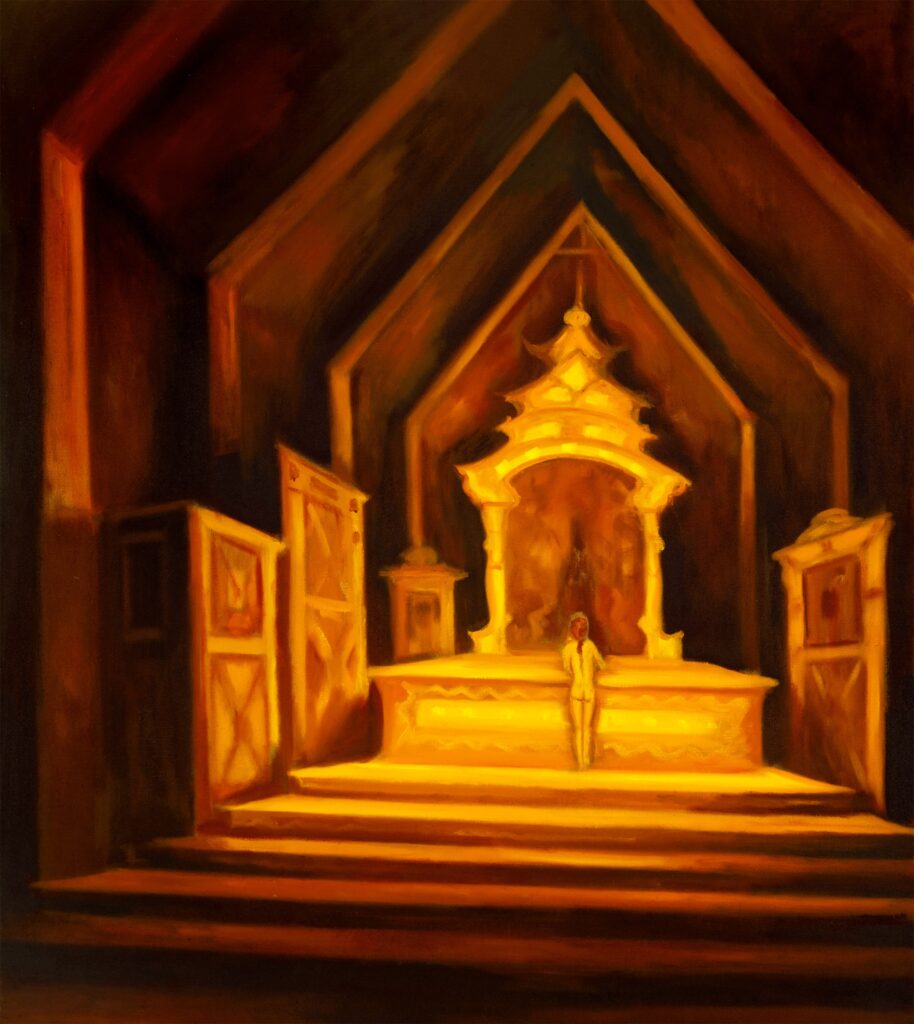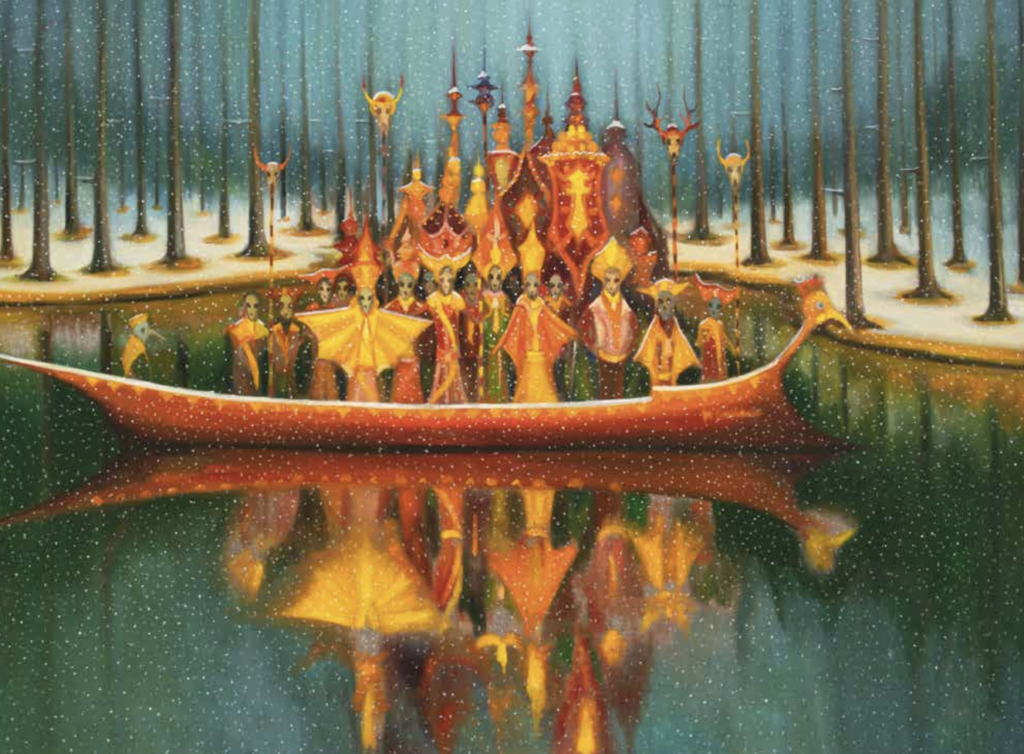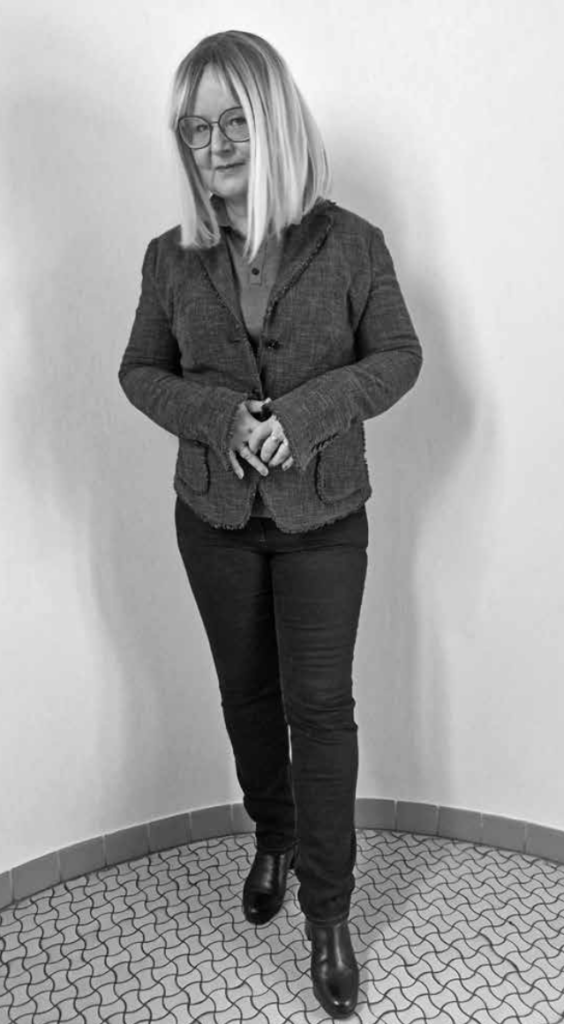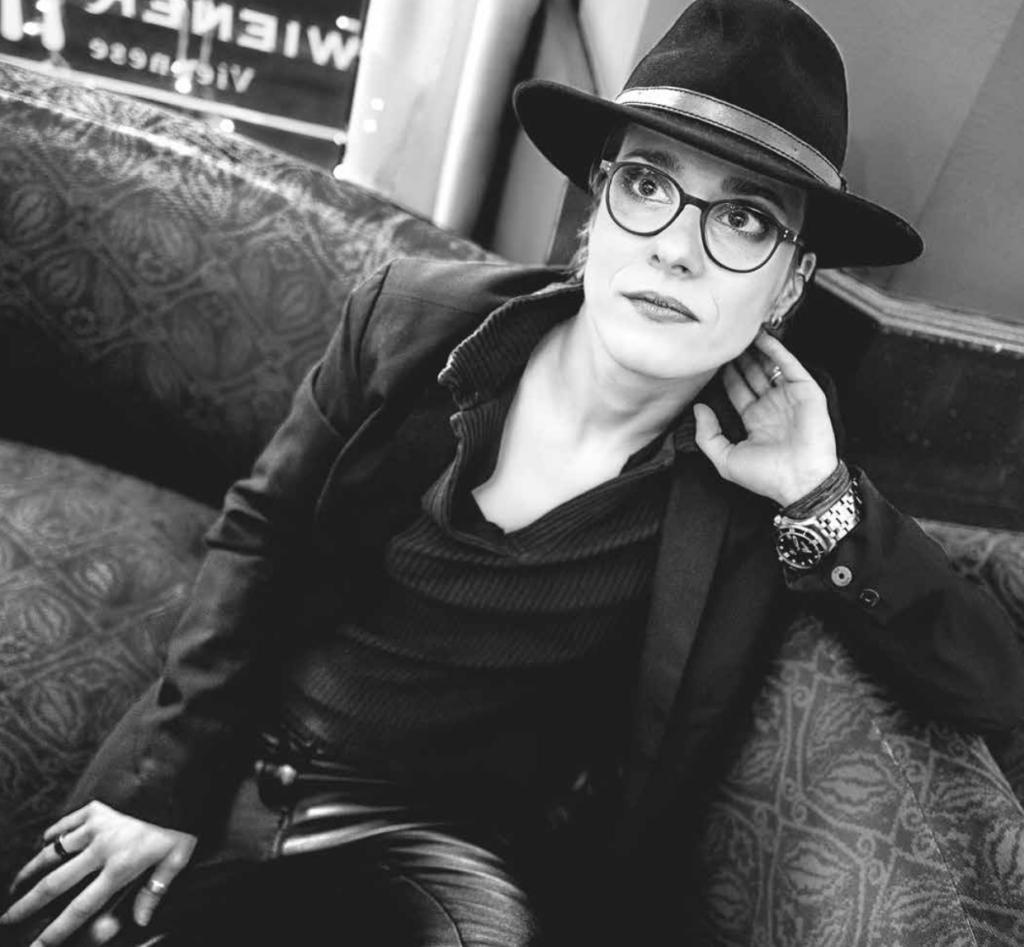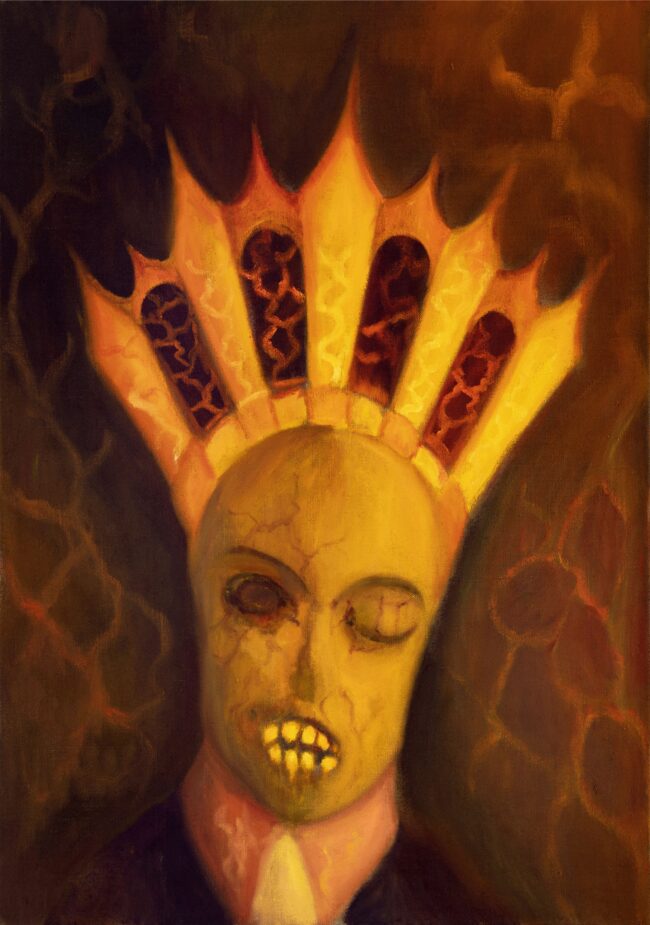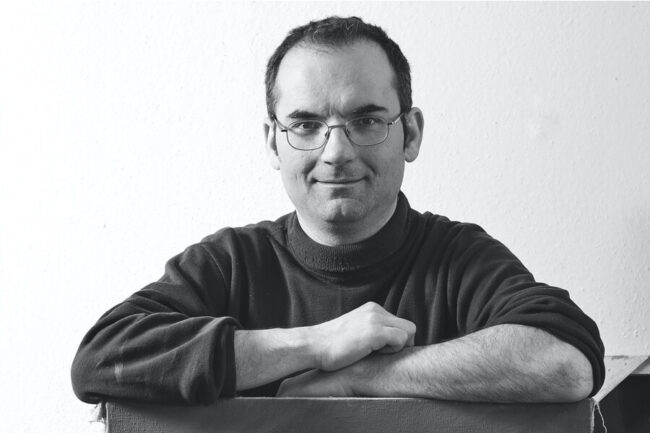Info
Selected works
Artists
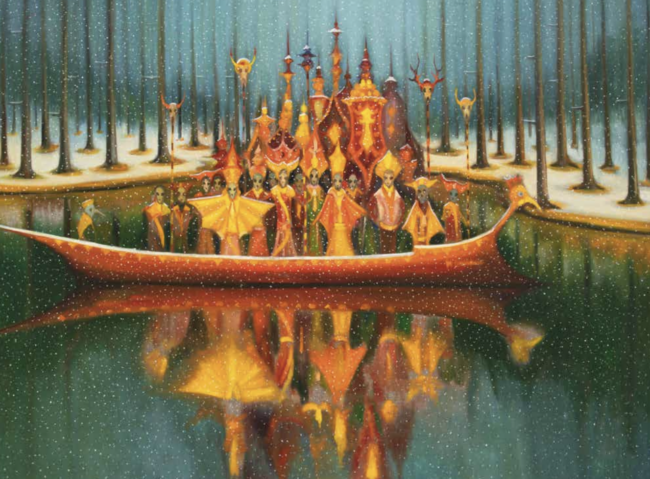
Masken
Jaroslav Valečka
oil on canvas
150 x 210 cm

Würgen
Jaroslav Valečka
oil on canvas
100 x 80 cm
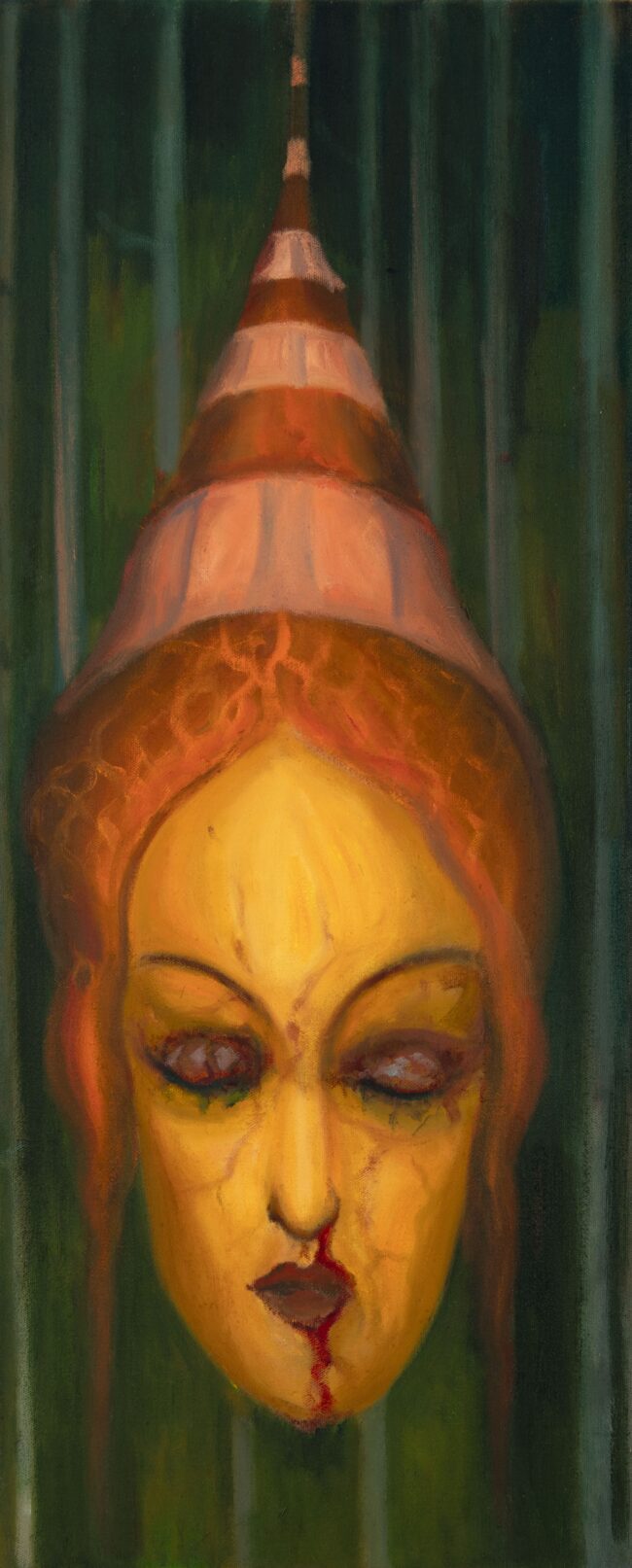
Kopf im Wald
Jaroslav Valečka
oil on canvas
100 x 40 cm
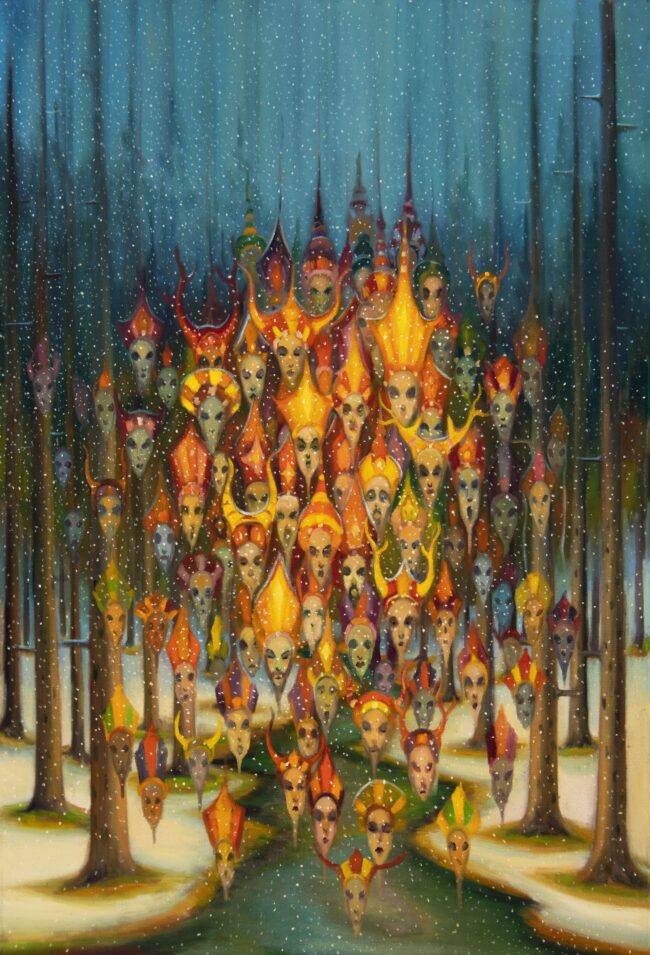
Köpfe
Jaroslav Valečka
oil on canvas
170 x 115 cm
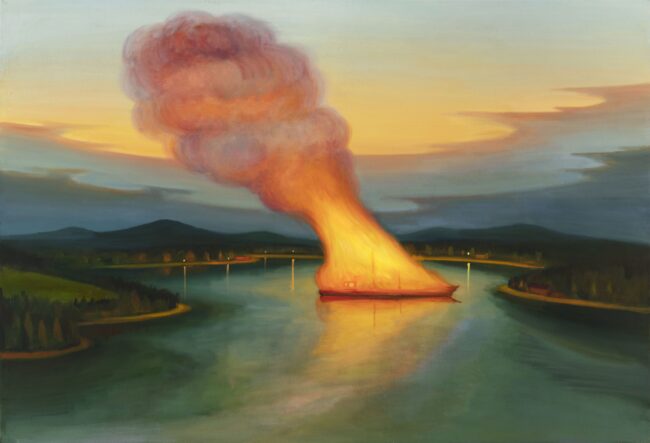
Jacht
Jaroslav Valečka
oil on canvas
143 x 210 cm
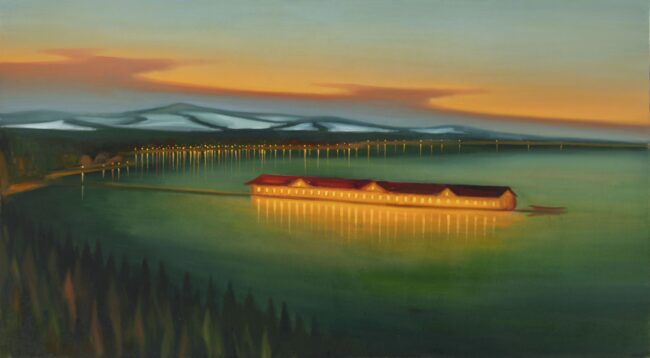
See
Jaroslav Valečka
oil on canvas
115 × 210 cm
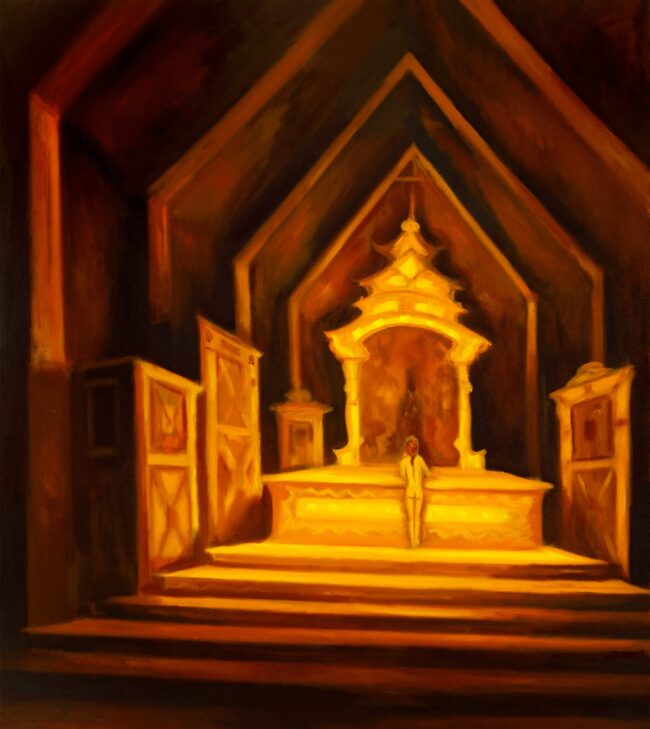
Die Scheune
Jaroslav Valečka
oil on canvas
150 x 125 cm

Burschen am Friedhof
Jaroslav Valečka
oil on canvas
100 x 140 cm
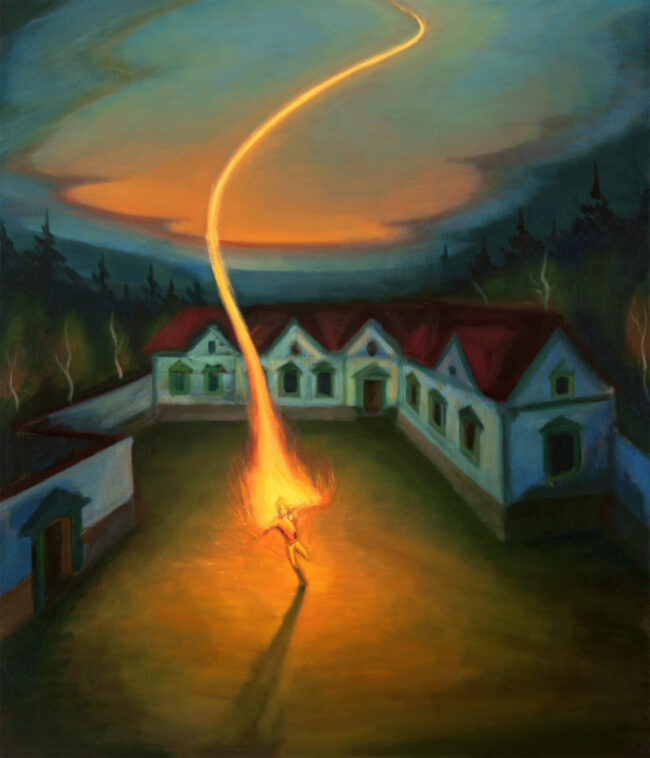
Der Kugelblitz
Jaroslav Valečka
oil on canvas
140 x 120 cm
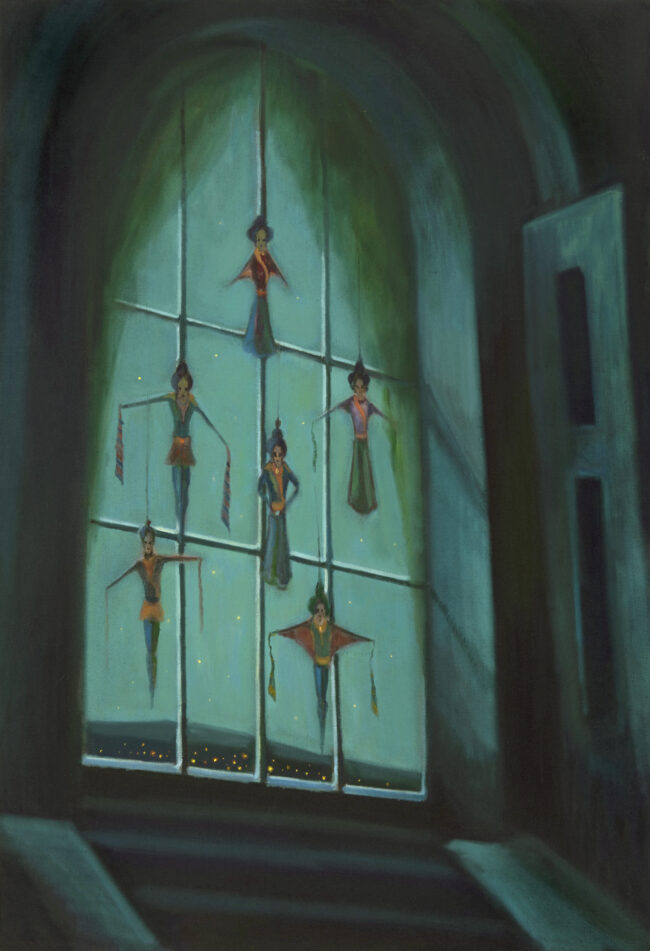
Marionetten
Jaroslav Valečka
oil on canvas
170 x 115 cm

Masovec
Jaroslav Valečka
oil on canvas
170 x 70 cm

Kobold
Jaroslav Valečka
oil on canvas
100 x 70 cm
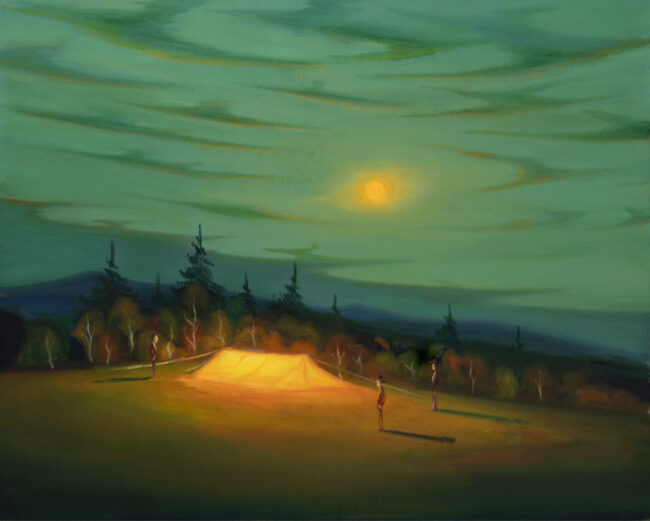
Zeit
Jaroslav Valečka
oil on canvas
100 × 125 cm

Glühen
Jaroslav Valečka
oil on canvas
150 x 120 cm


